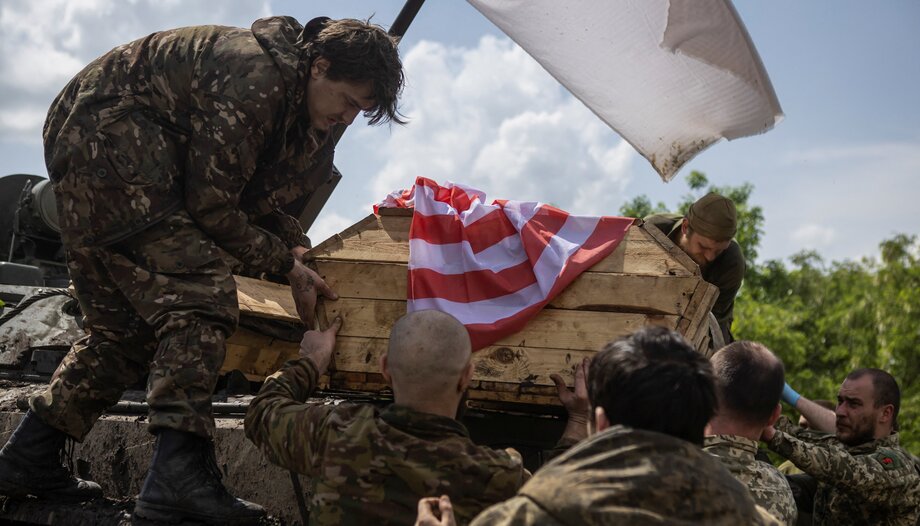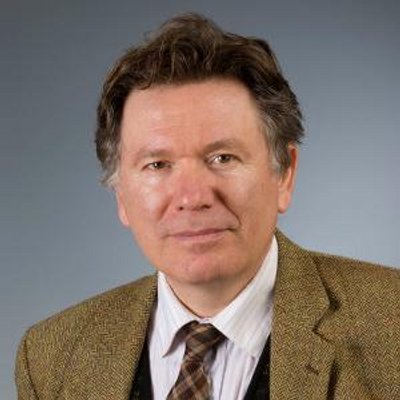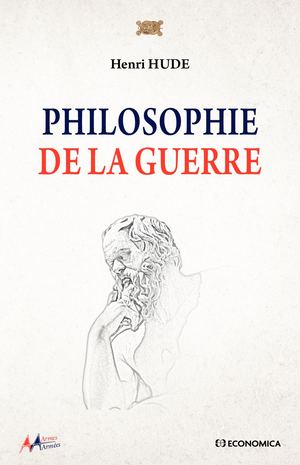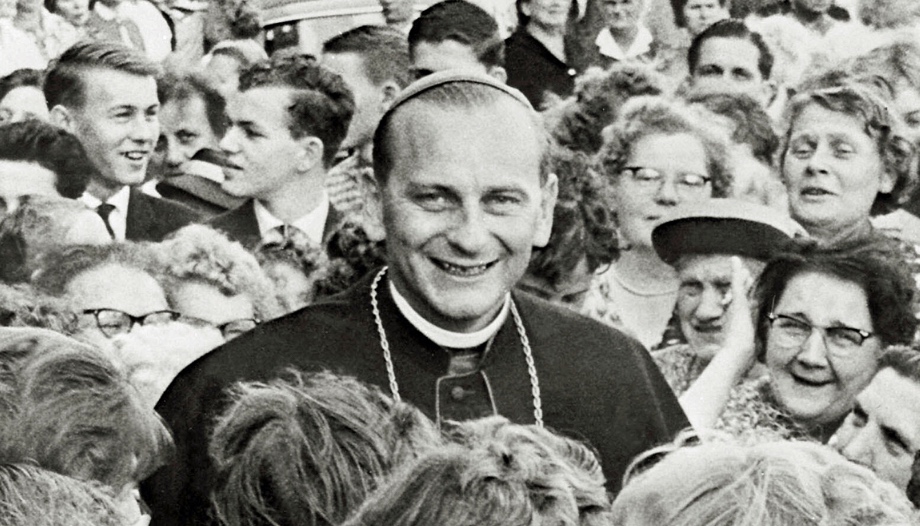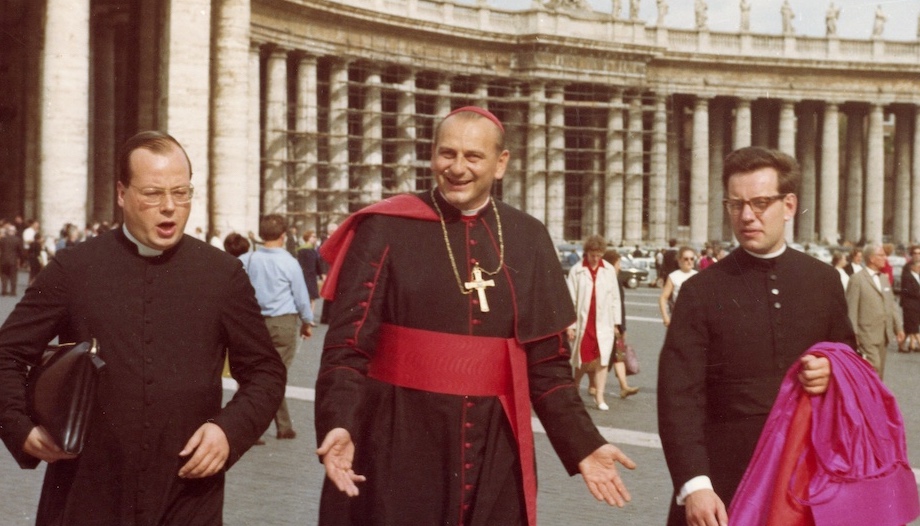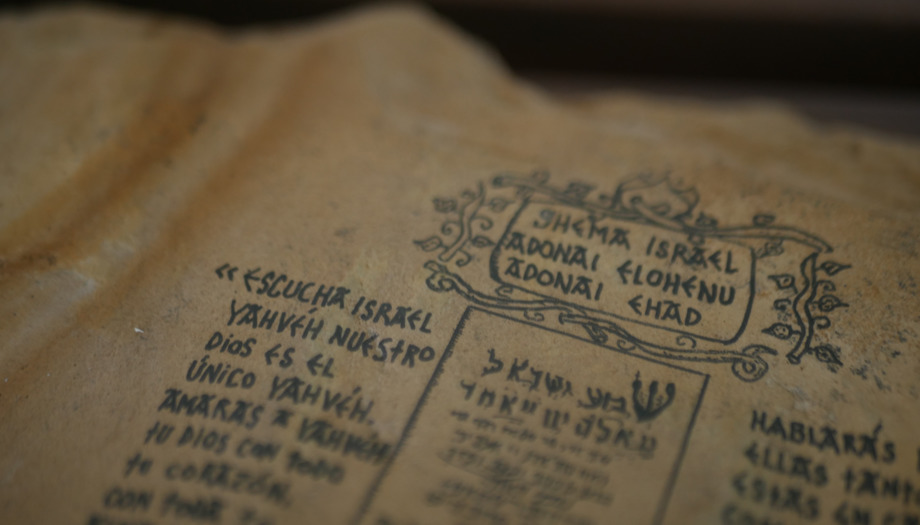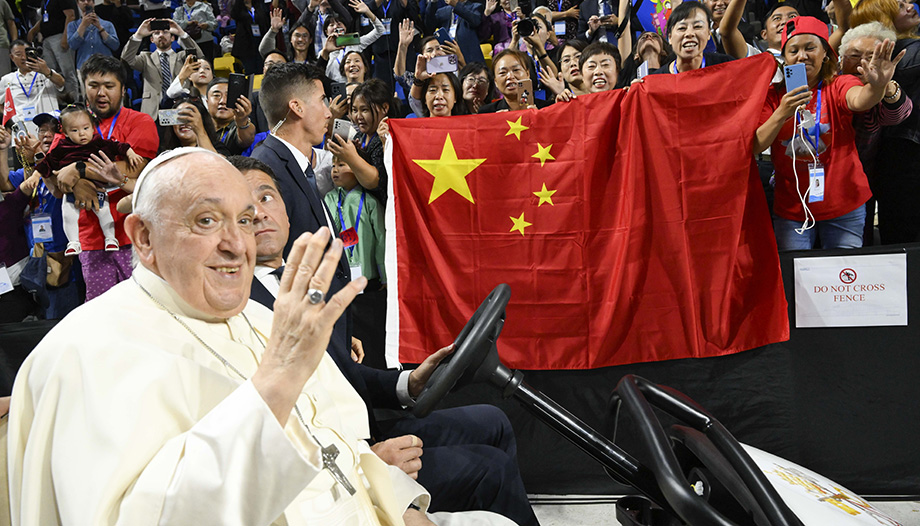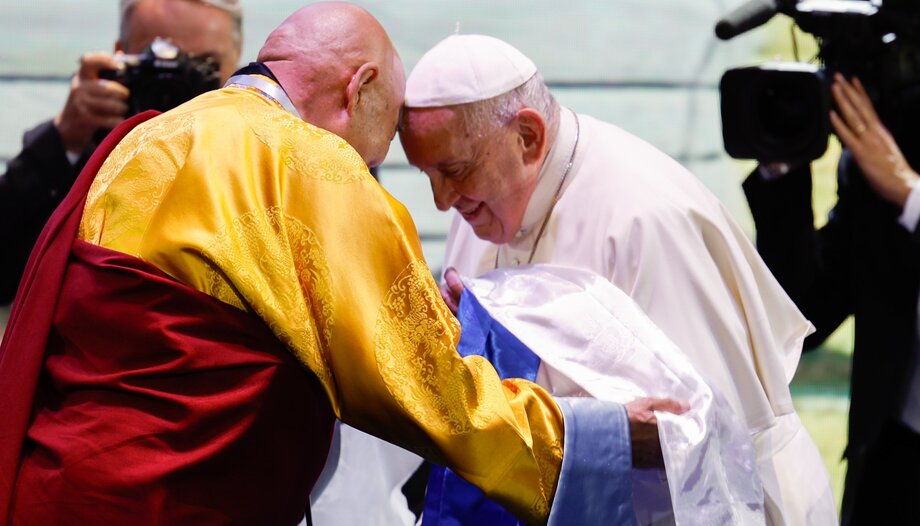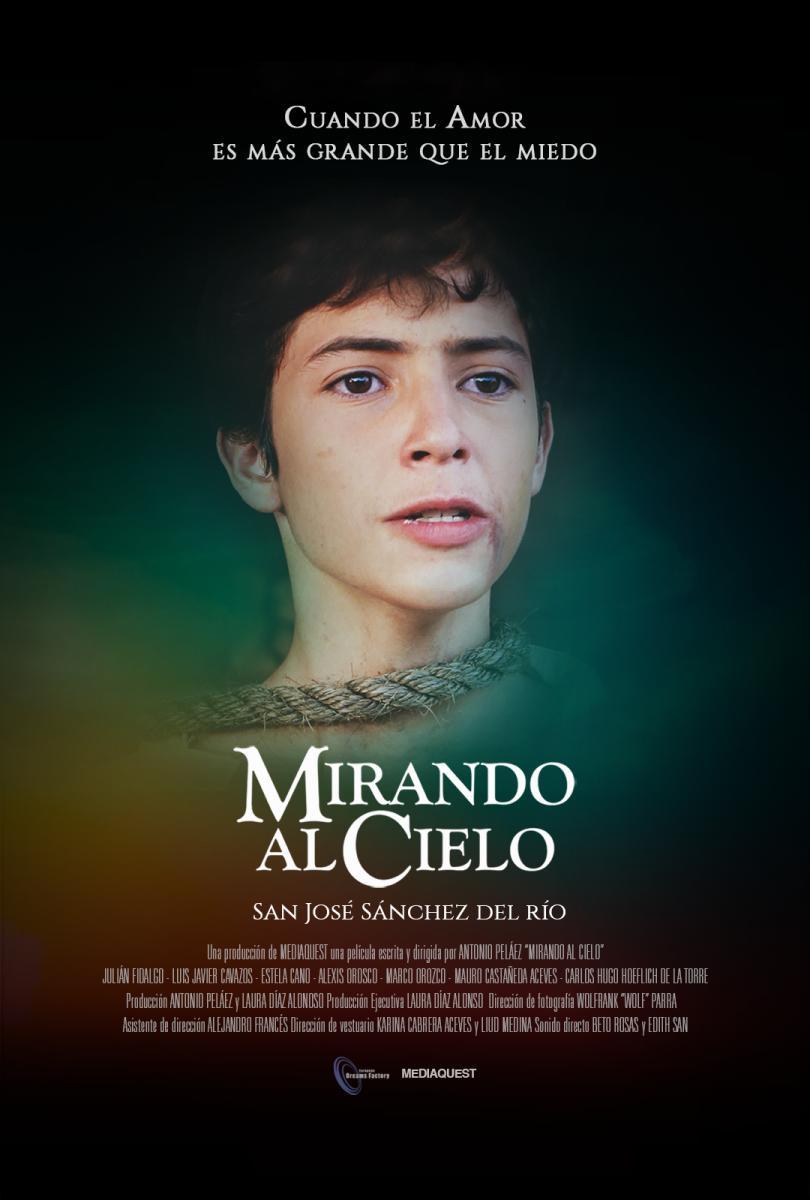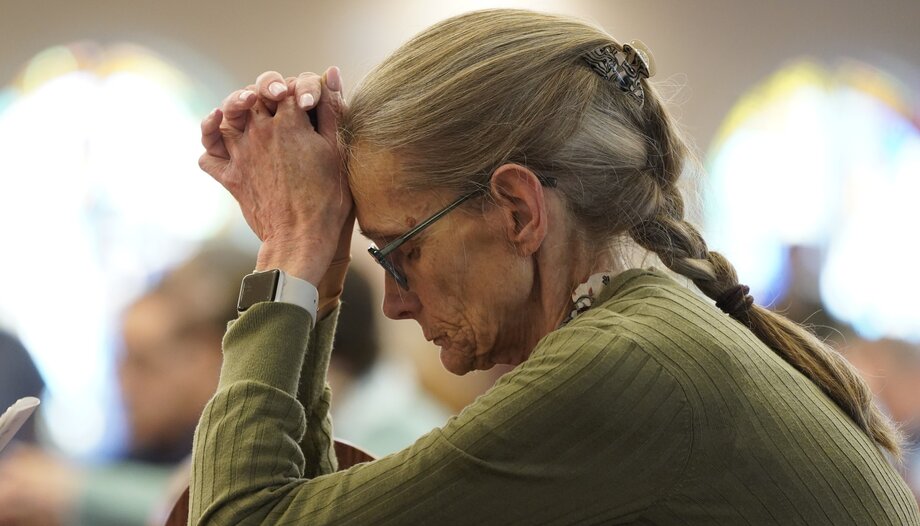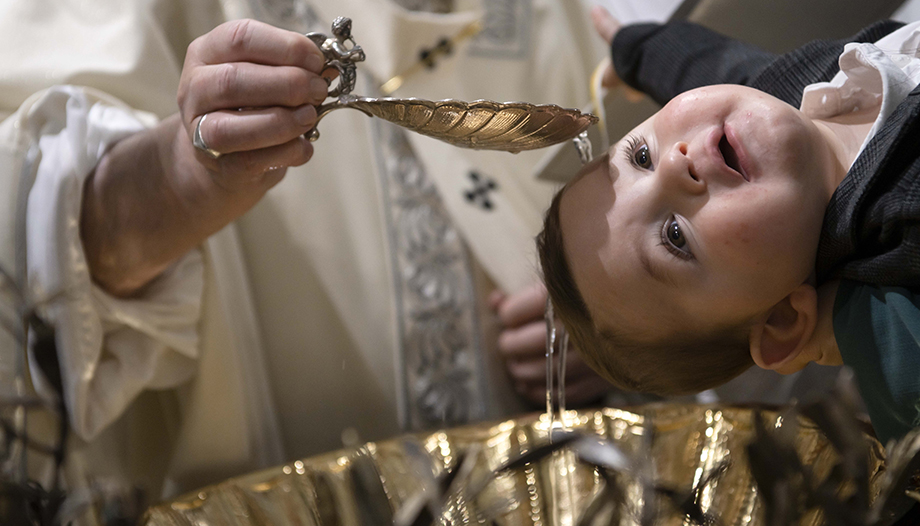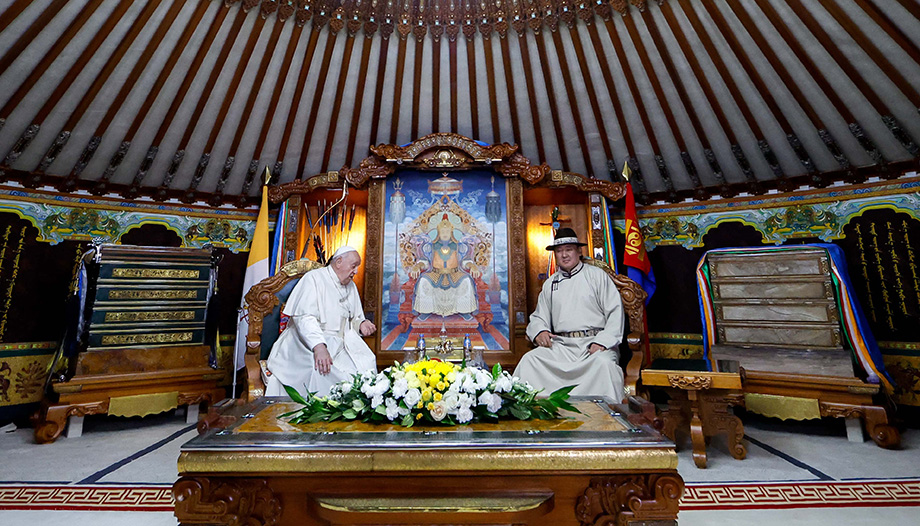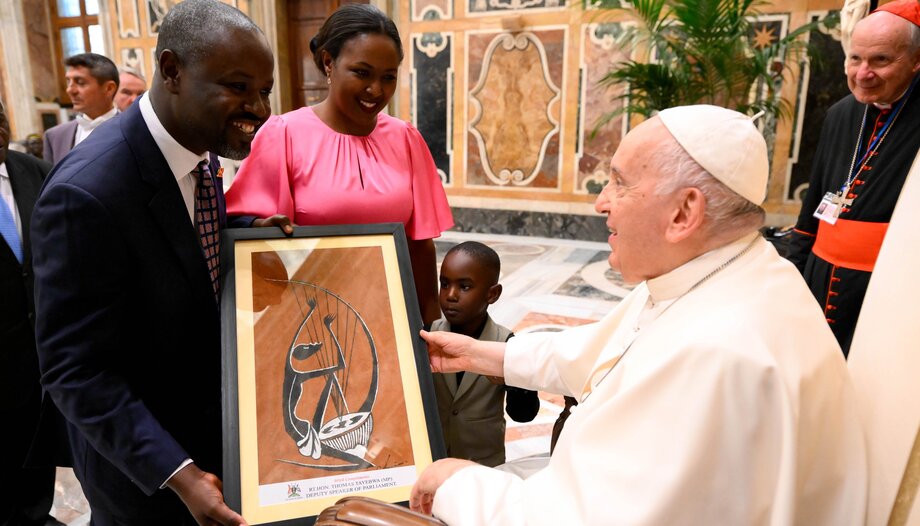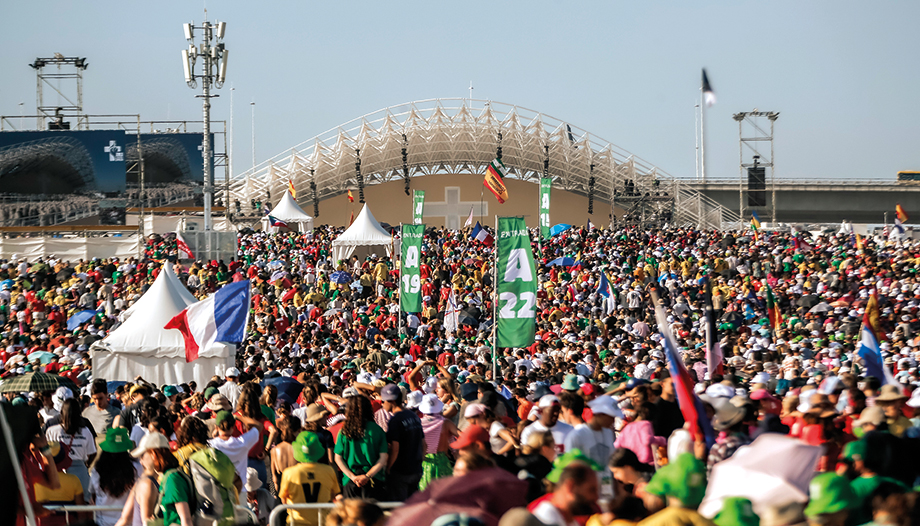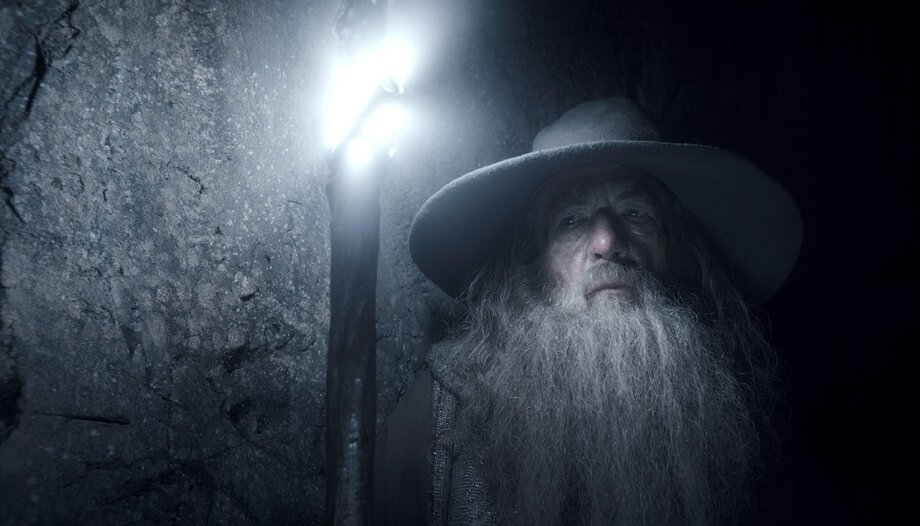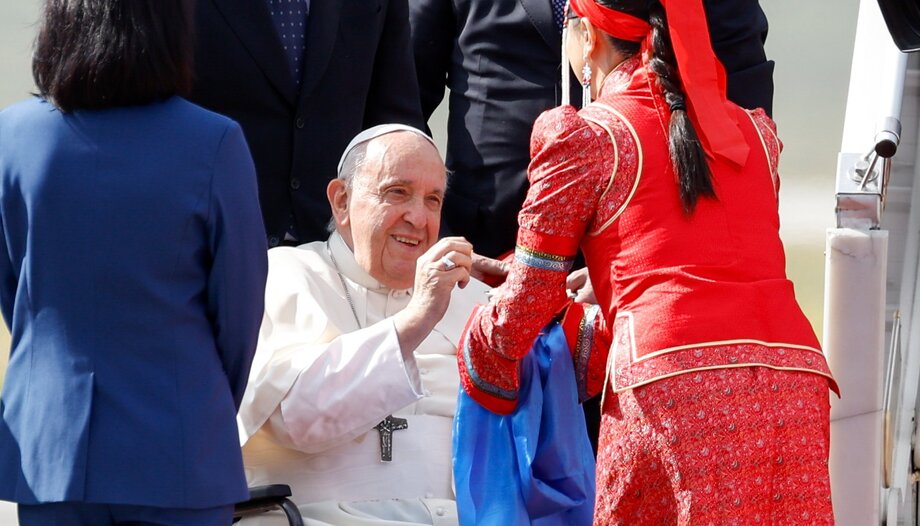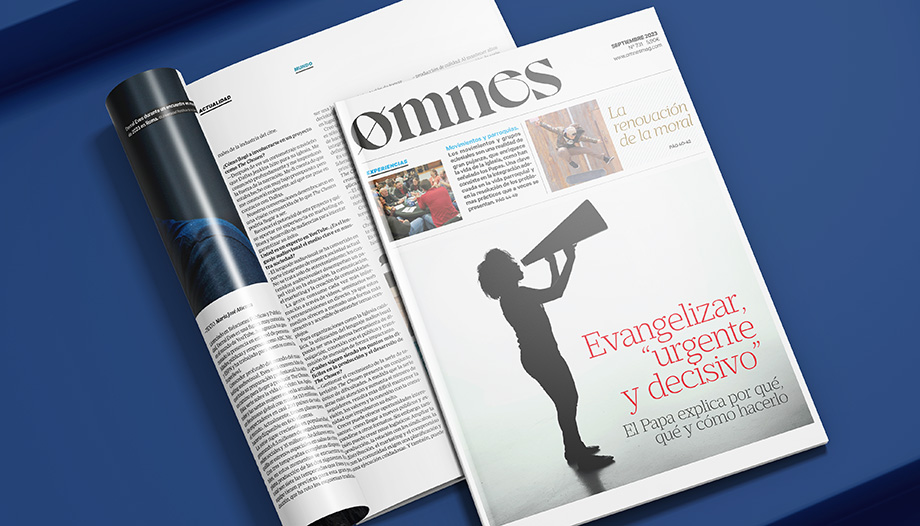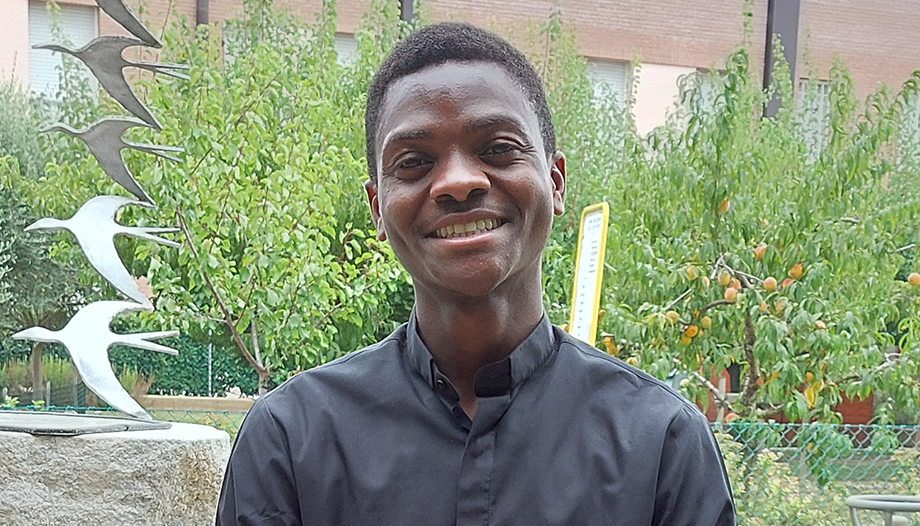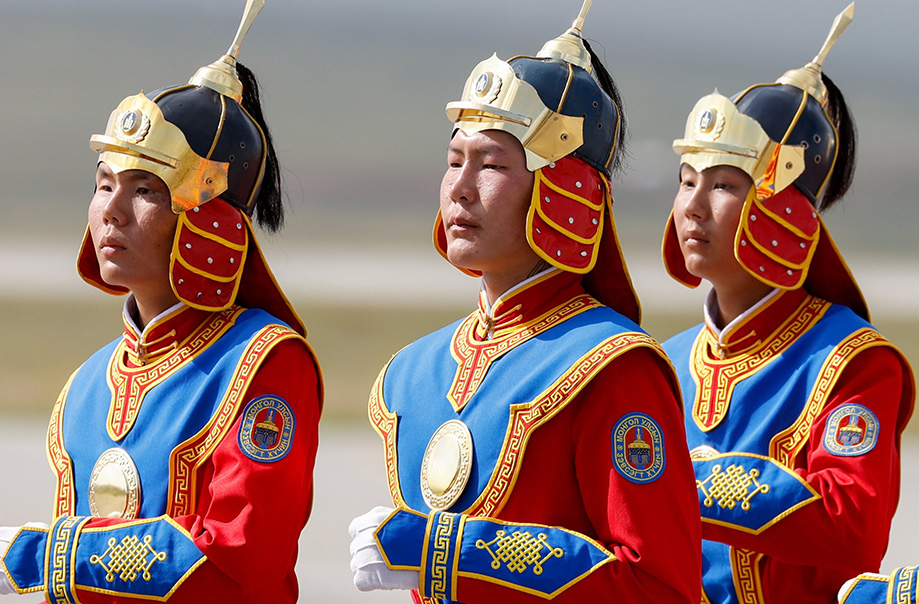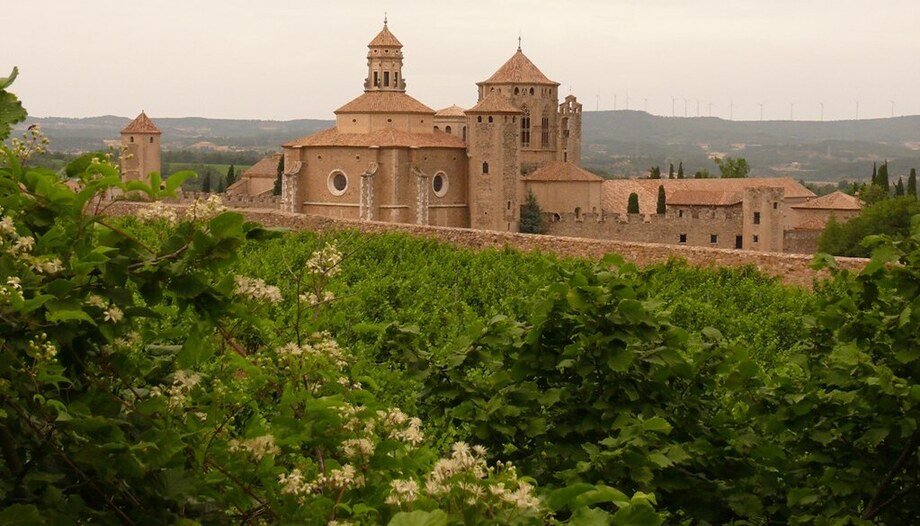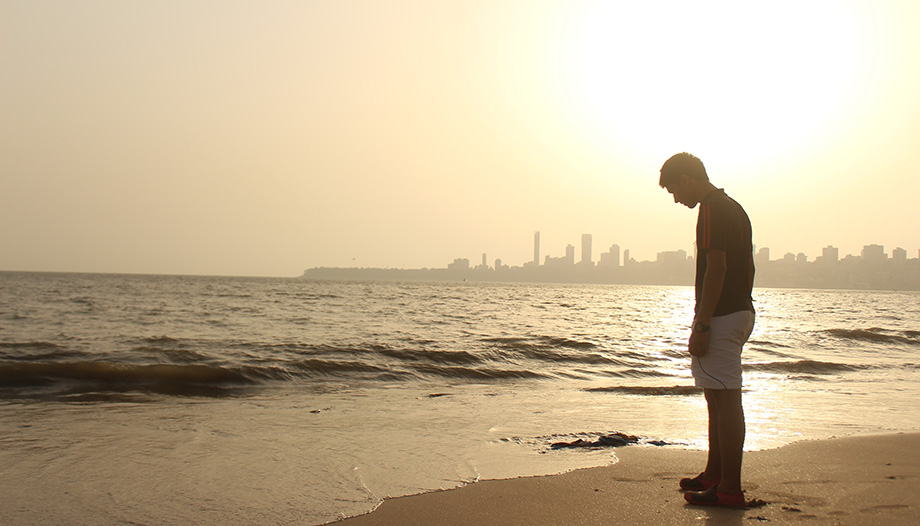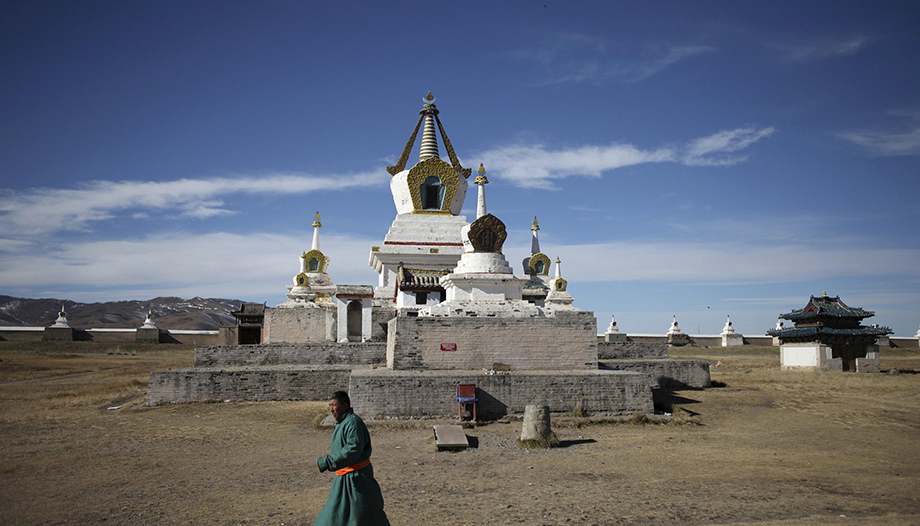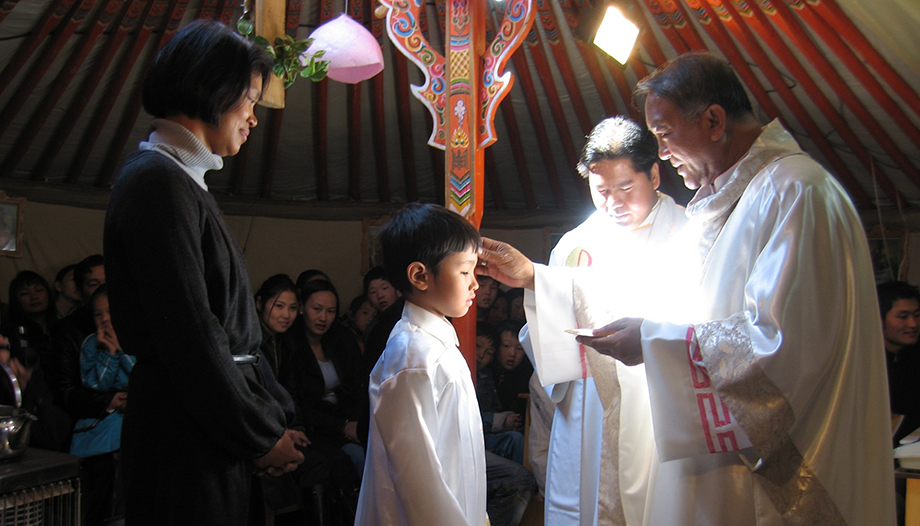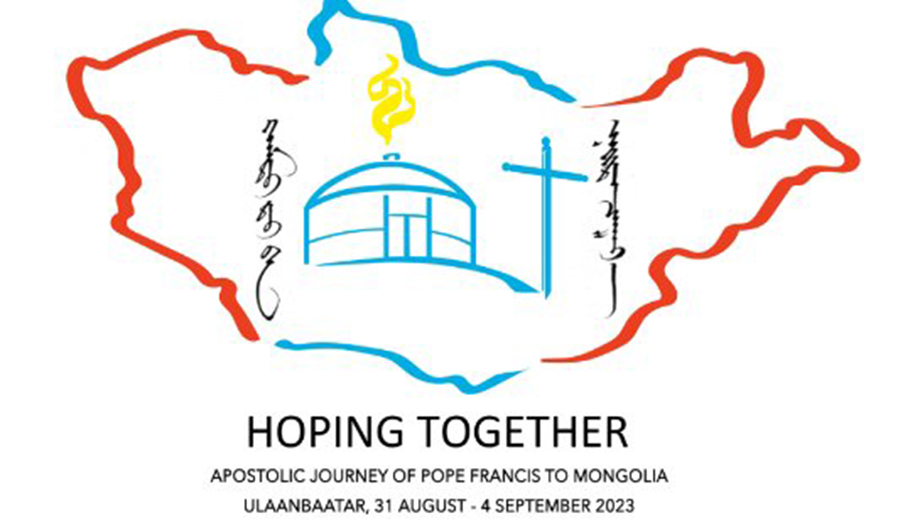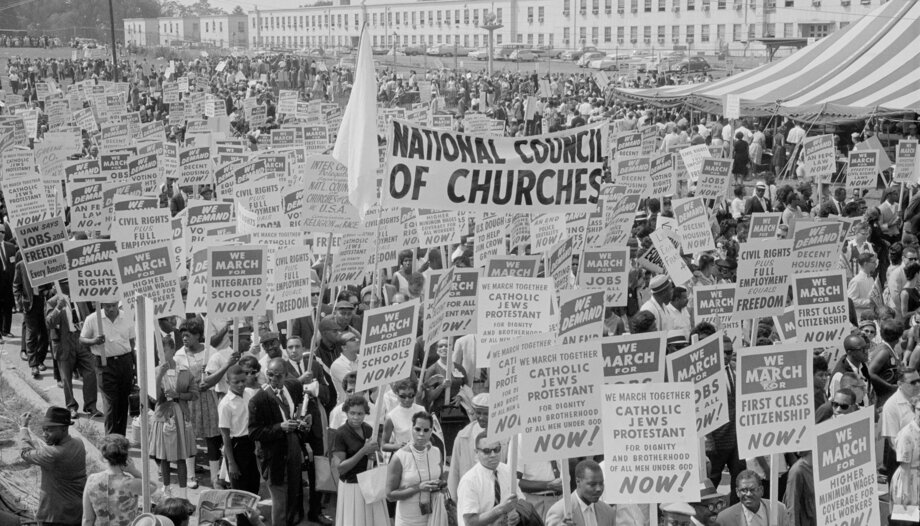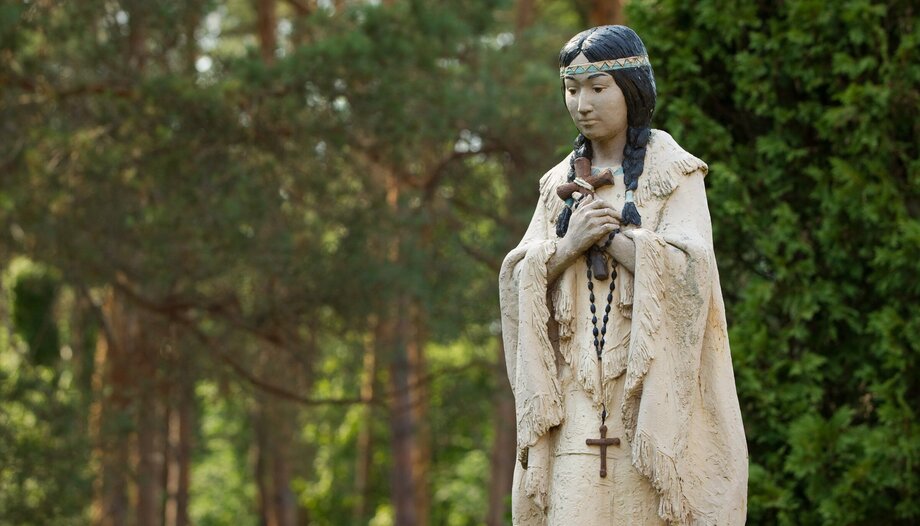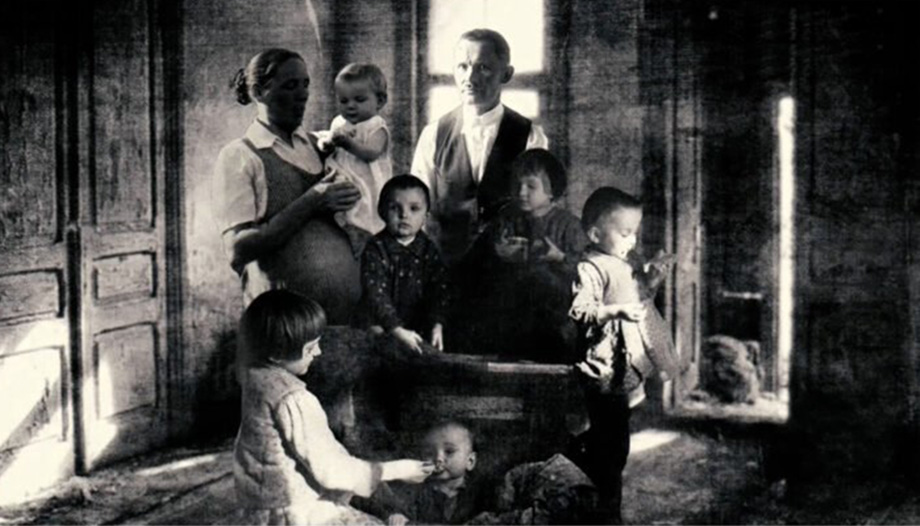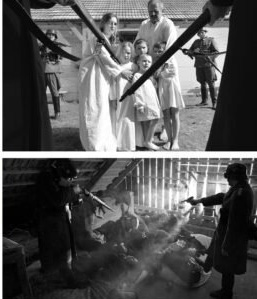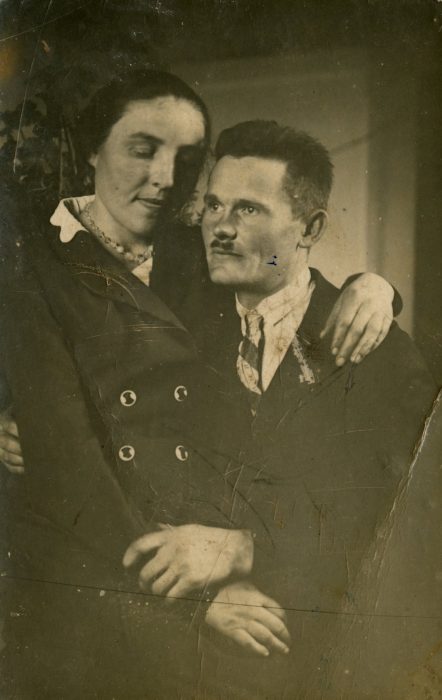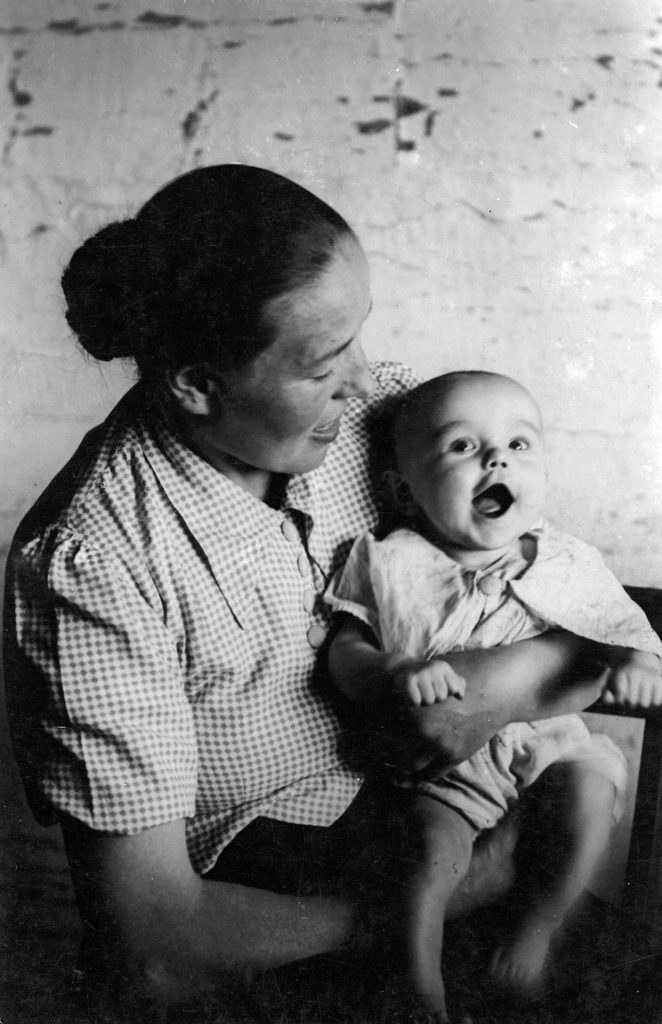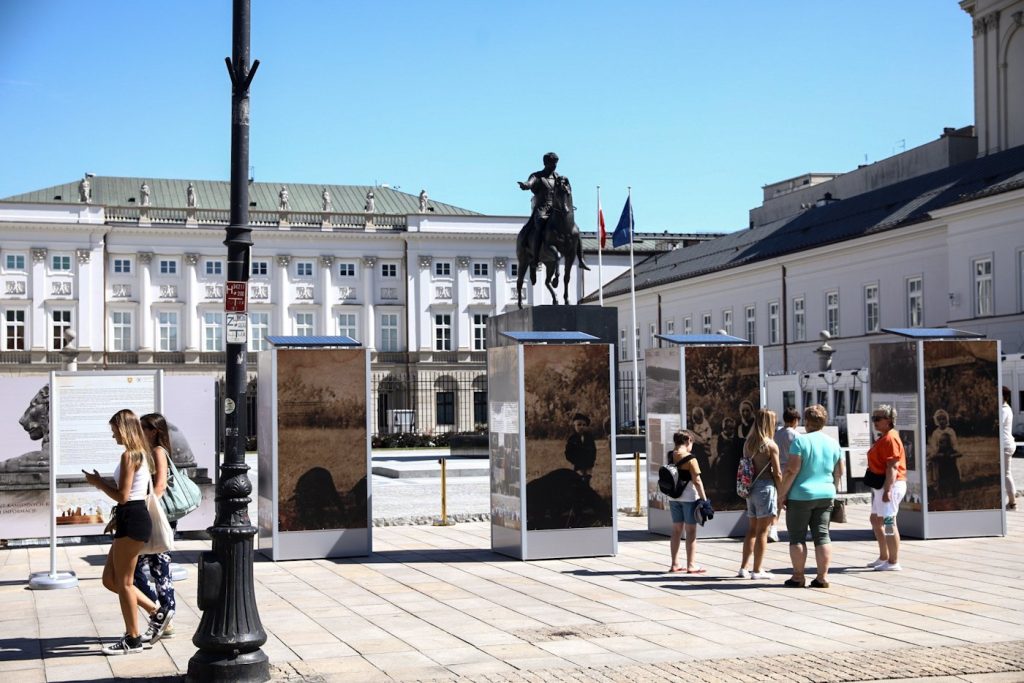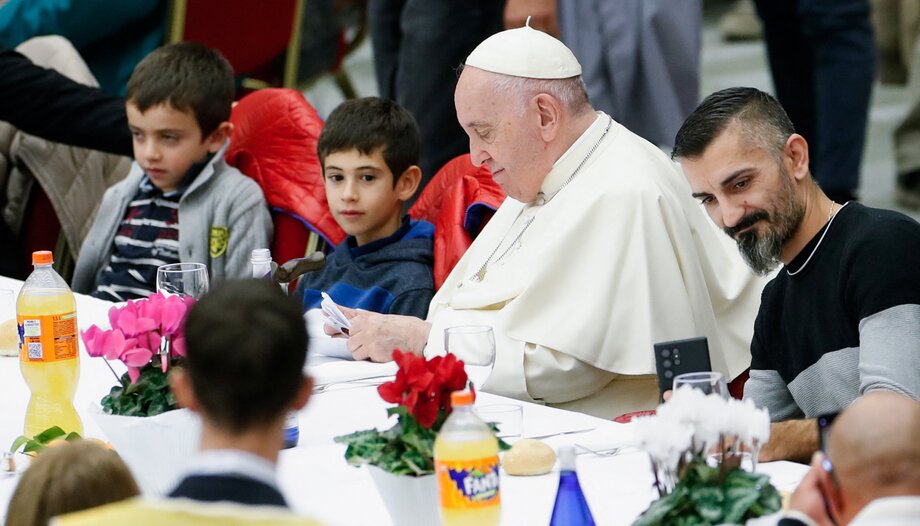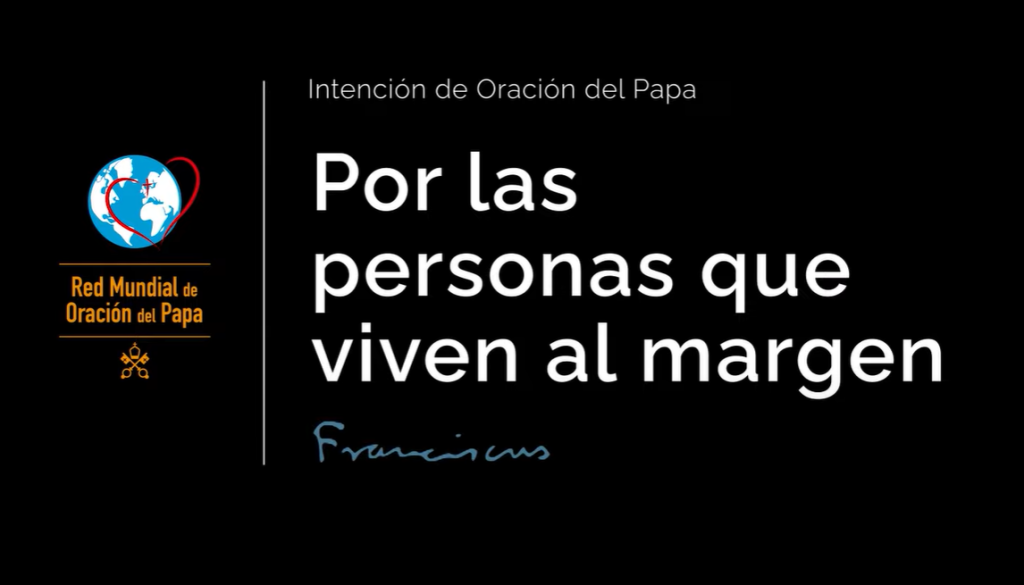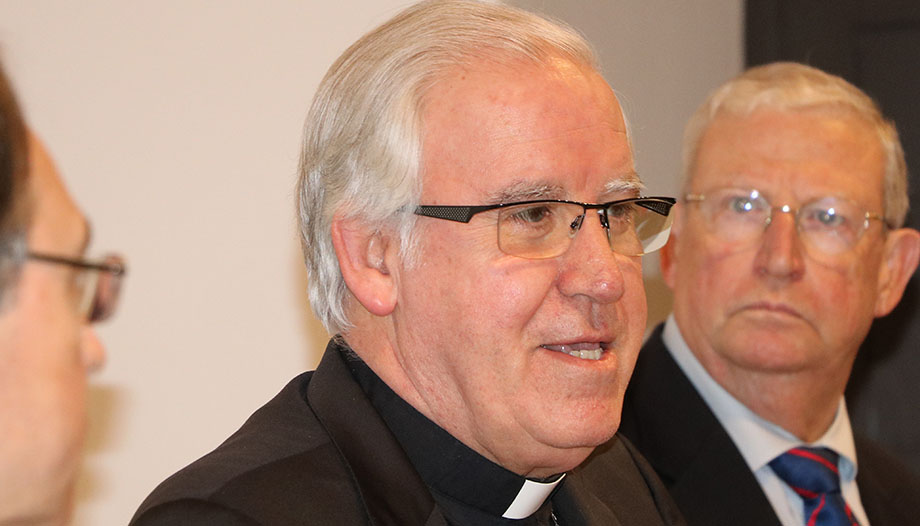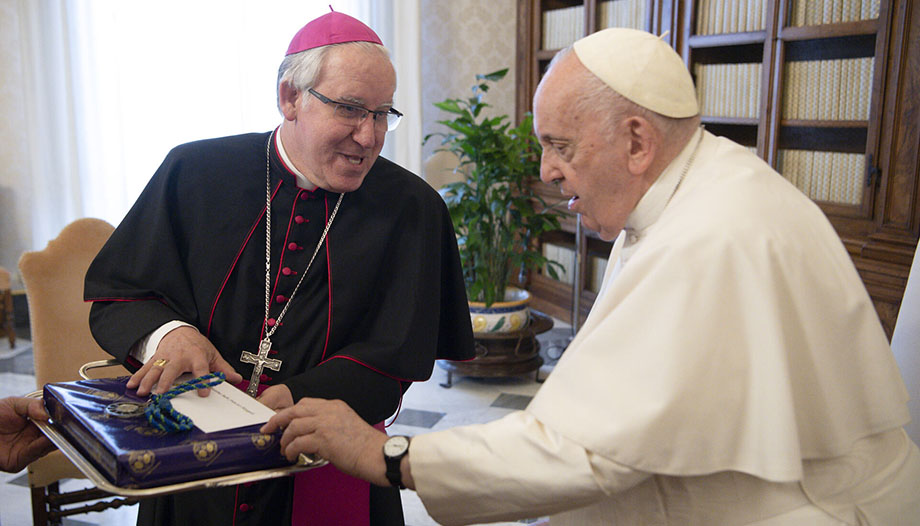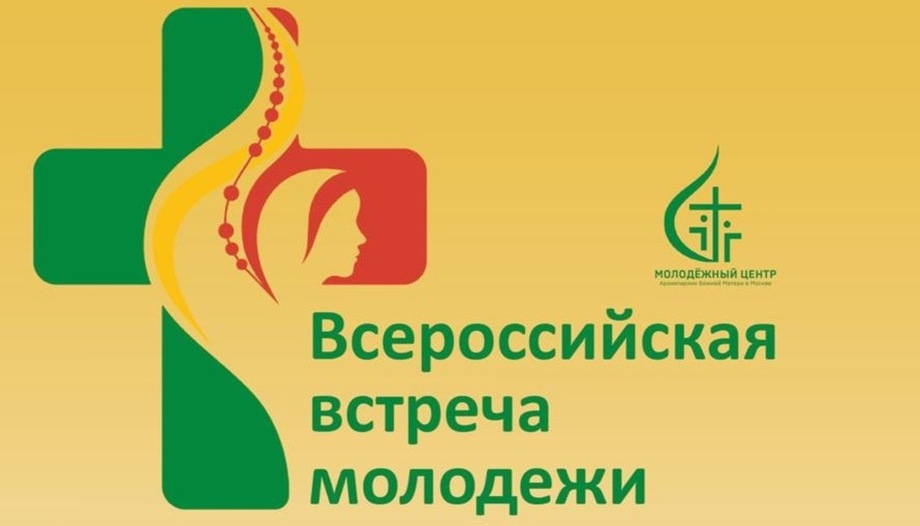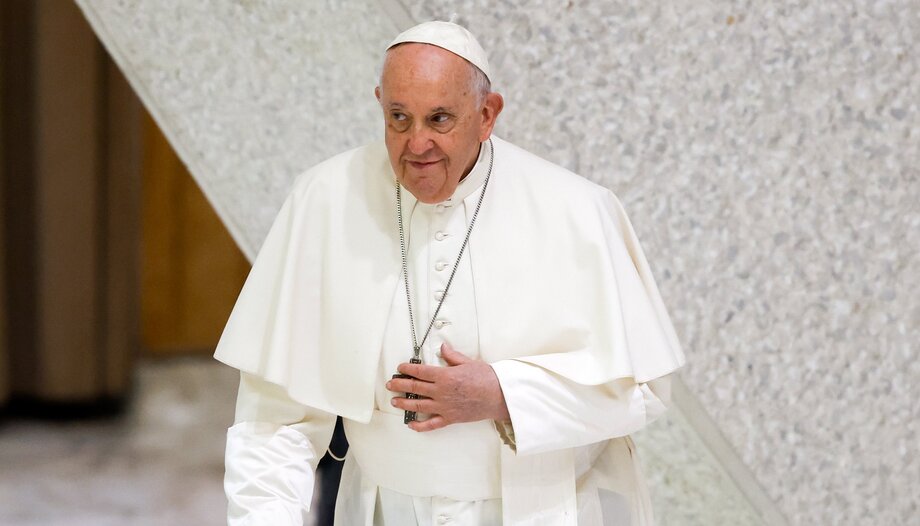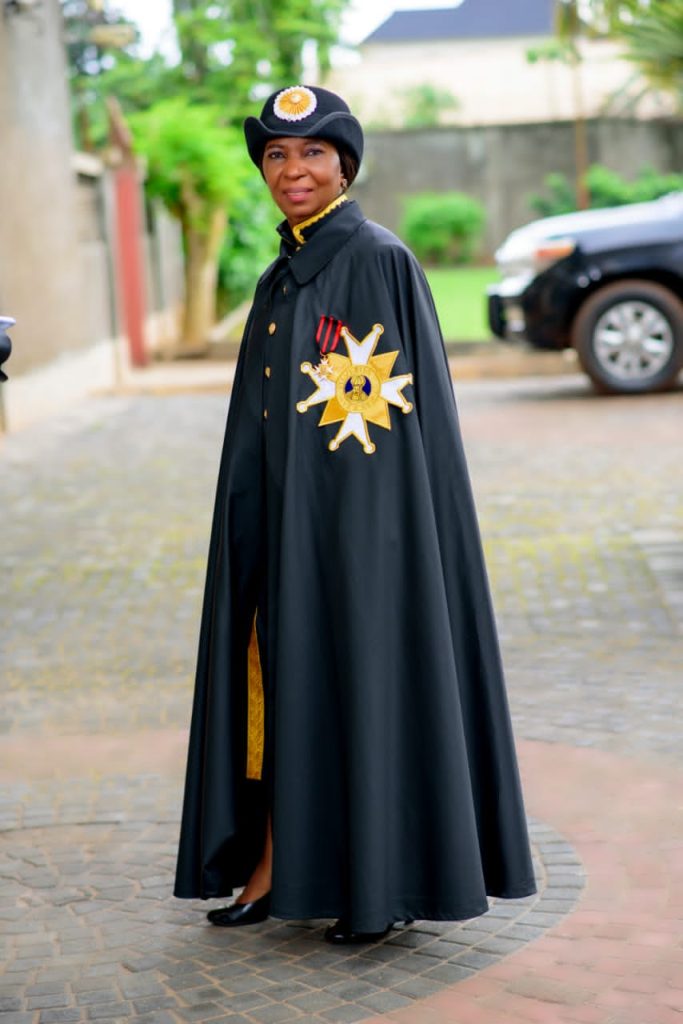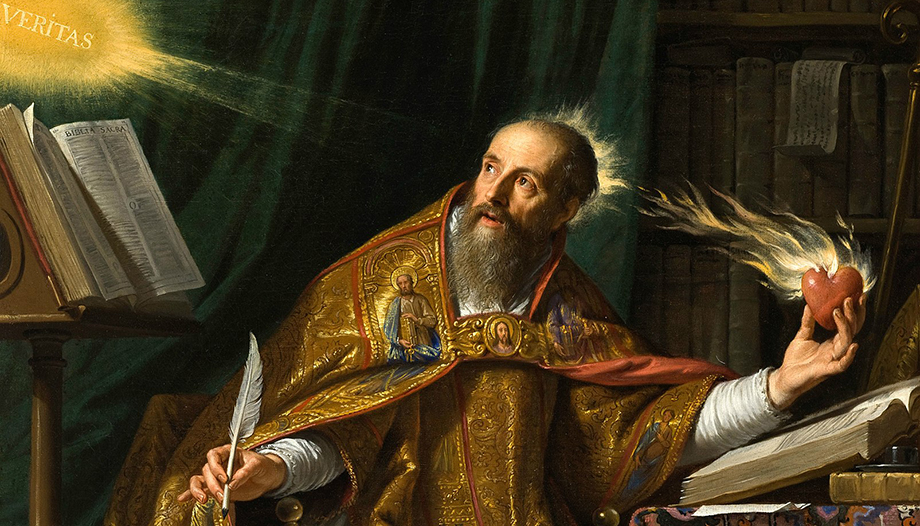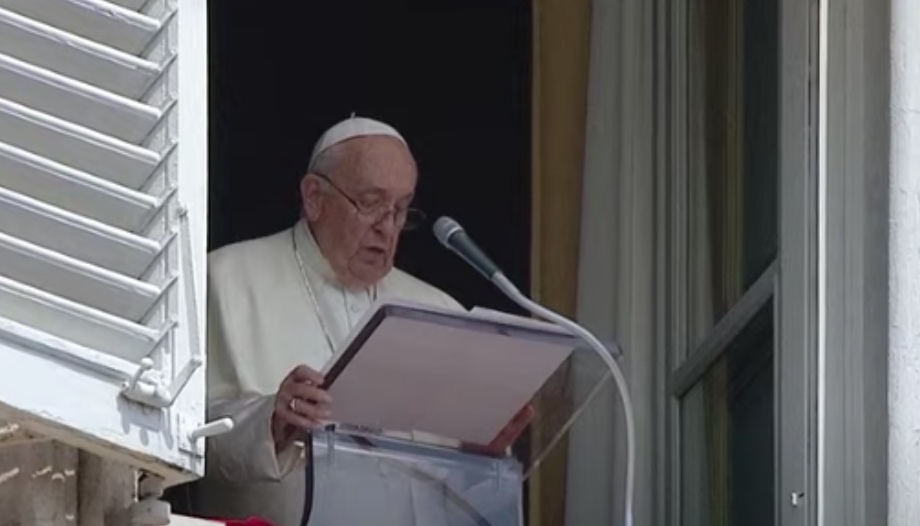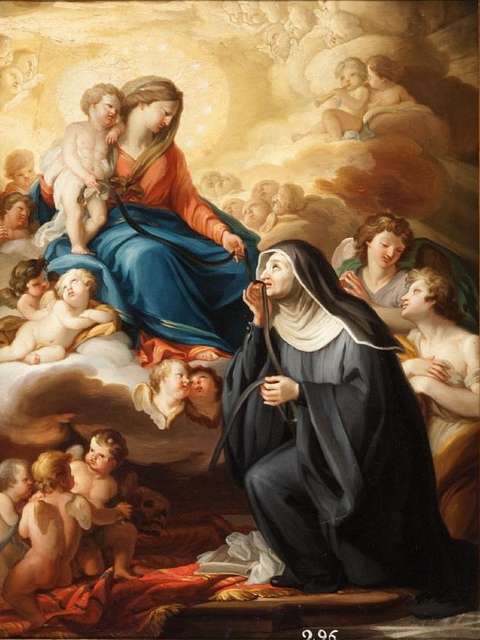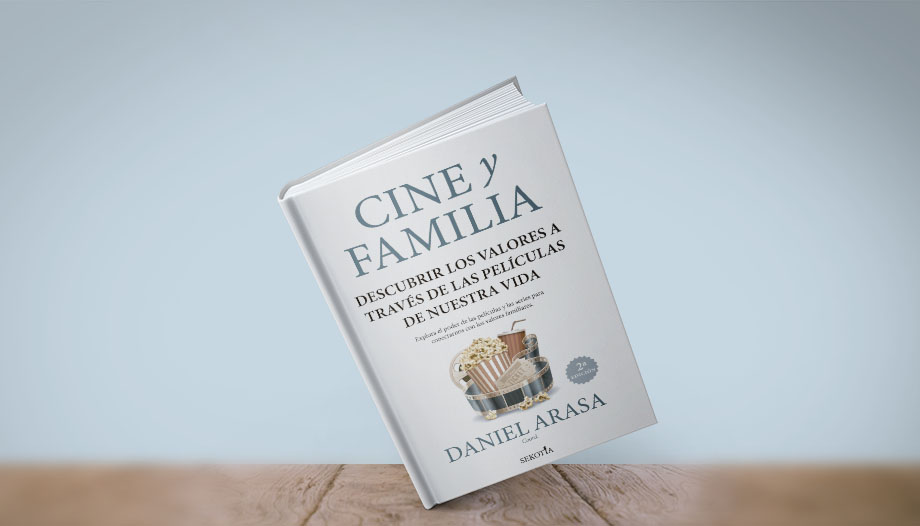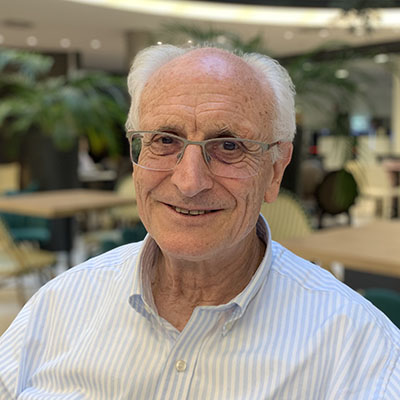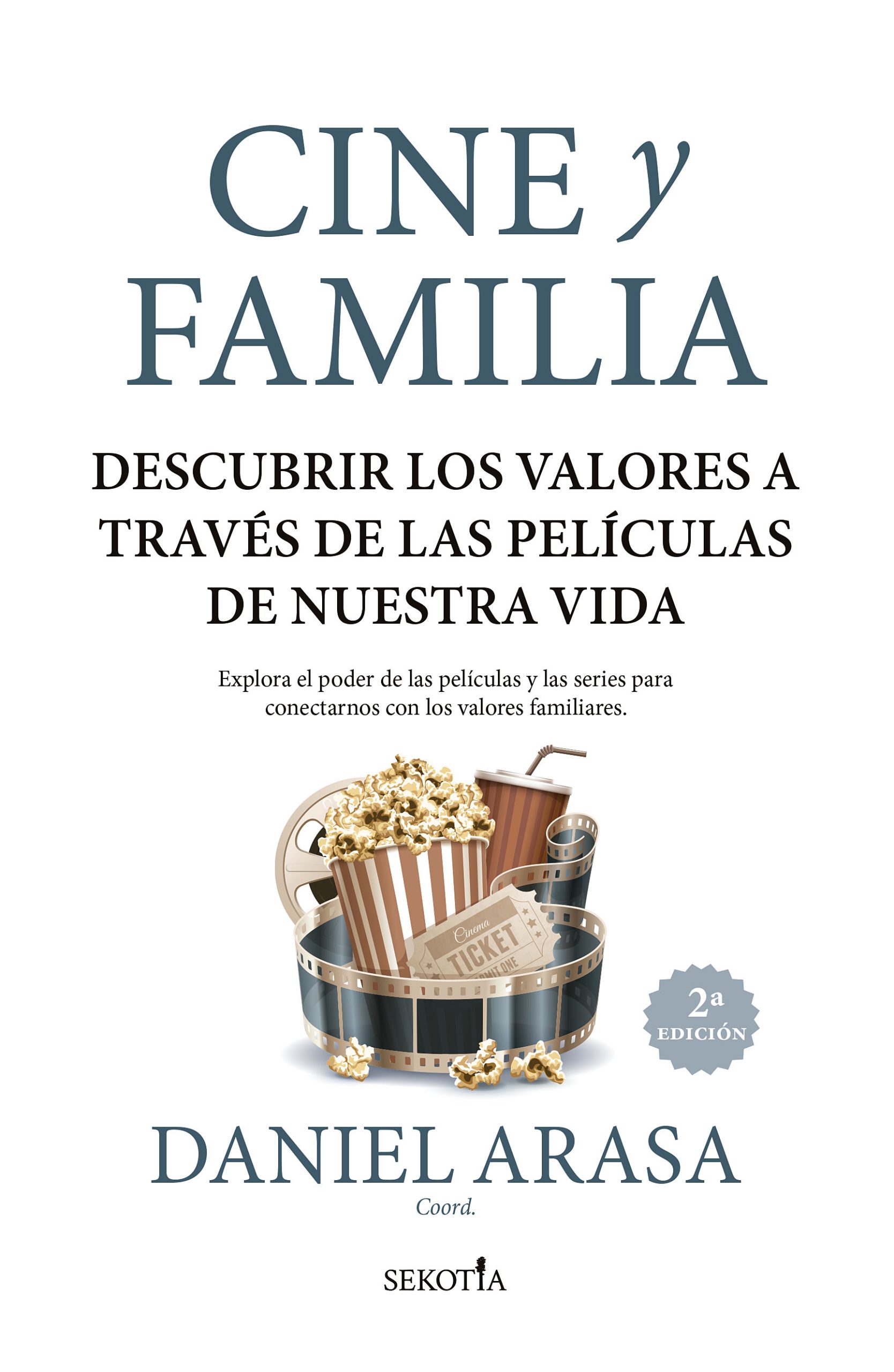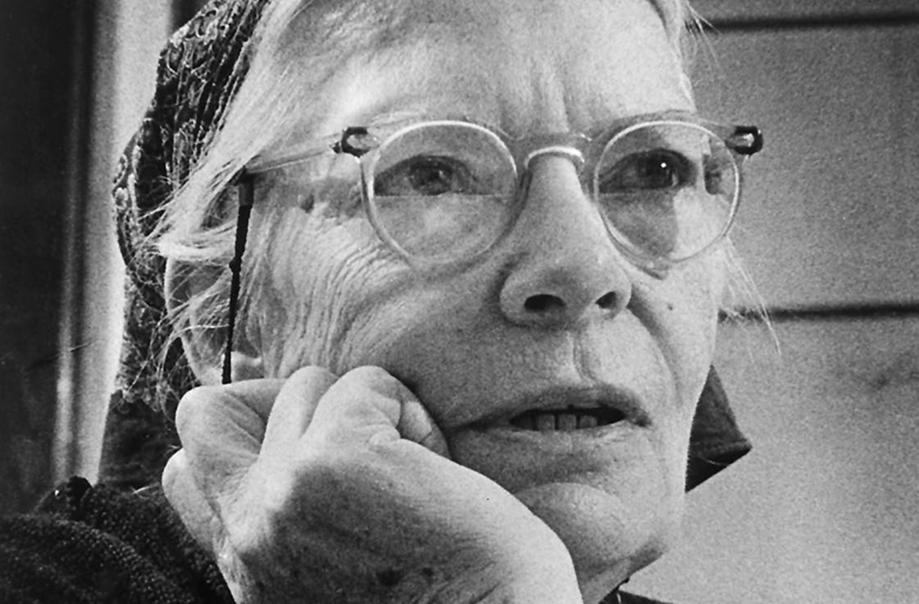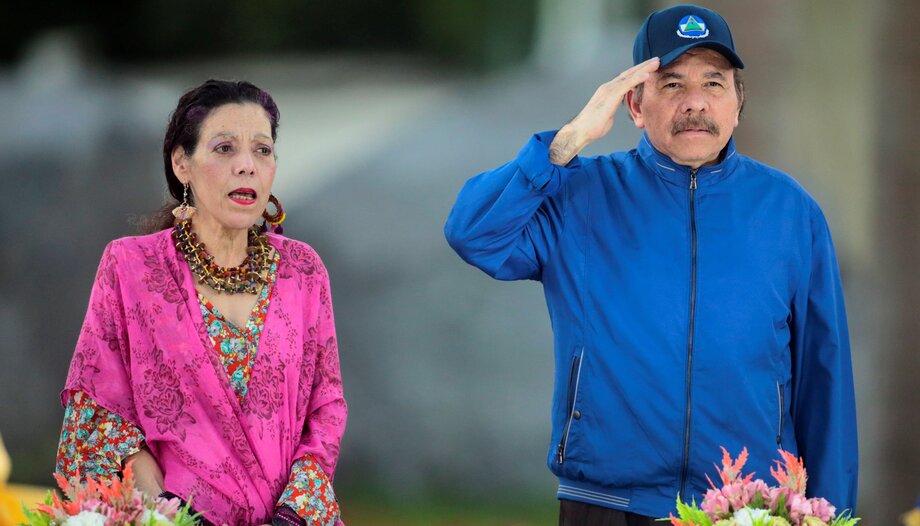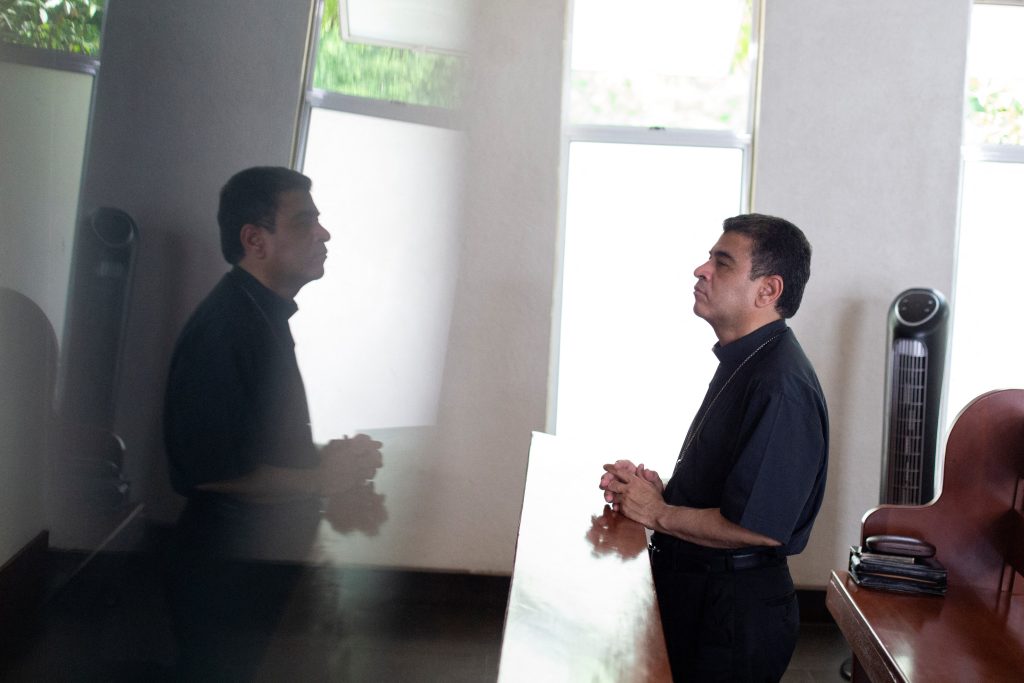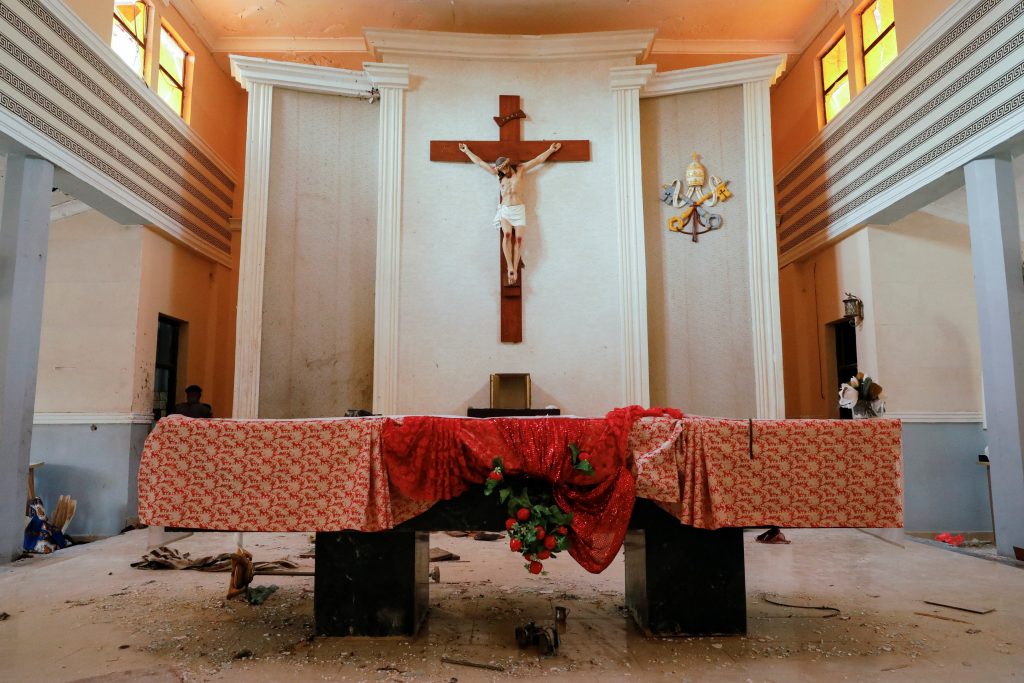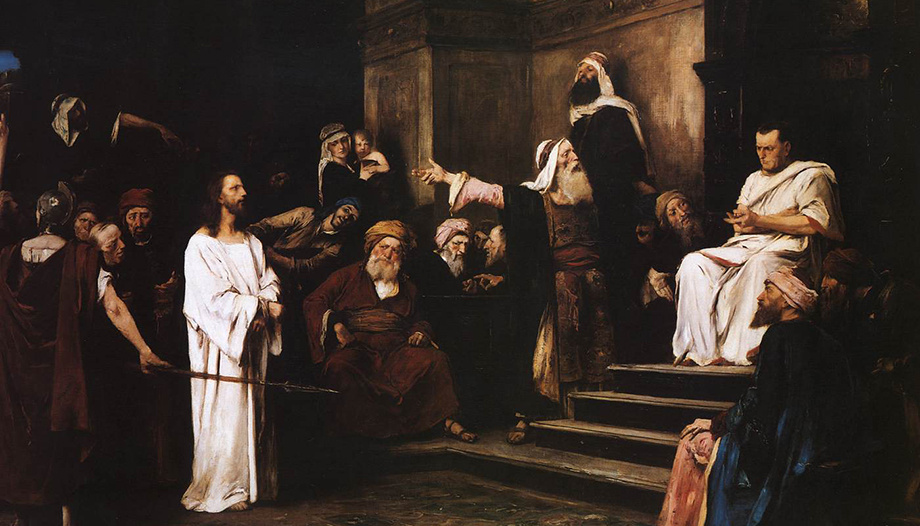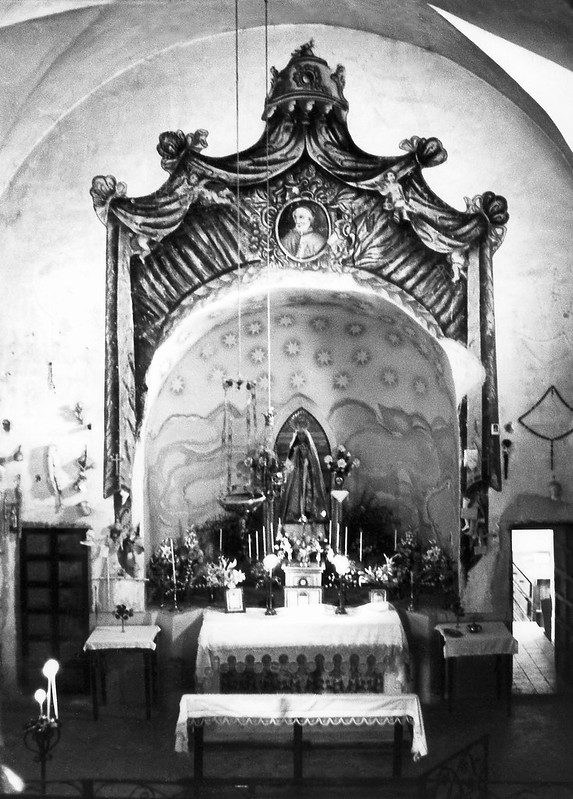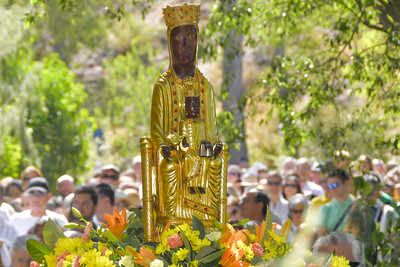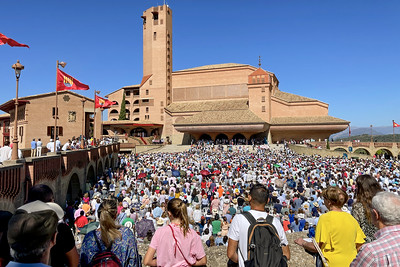Pablo Ginés, besides being a journalist, is deeply Tolkienian. He belongs to the Spanish Tolkien Society (STE) since 1992, one year after its foundation, and has been its president for two years. This year, he founded with three other colleagues the Tolkien Catholic AssociationThe Society, a society that, in addition to carrying out activities around the figure and work of Tolkien, seeks to proclaim the Gospel.
What is the Tolkien Catholic Association?
The ATC arises in part from members of the Spanish Tolkien Society (STE), I belong to both. The STE, the "civil" one, so to speak, was born in 1991. I joined in 1992 and organized the Barcelona group. Then, I was president for a couple of years, at that time there were between 150-180 members. Now there are more than 1,000, representing the whole of Spanish society: there are Catholics, atheists, left-wingers, right-wingers... everything. We have to manage this plurality in such a way that everyone finds their niche and that there are no internal conflicts.
From a certain point on, a few Catholics from the STE and others who do not belong to it, but are Tolkienians, thought that an association of Tolkienists was needed. Tolkien that was specifically Catholic. The Tolkien Catholic Association (ATC) is evangelizing, seeks to proclaim Jesus Christ as Lord, and includes prayer, even if it is only an Our Father at the beginning of the meeting. It also includes a certain level of community, that is, it aims to evangelize primarily through culture, but also through friendship. We believe that friendship is a very powerful weapon in an age of screen addiction and loneliness, and that it can be very good for many young people and teenagers. But, within friendship, there has to be a moment when you can say "Jesus".
There will be some formation, but no catechesis, we are not an itinerary. When we announced it, half of the people who wrote to us who were interested were from Latin America, and an ATC has already been organized in Peru.
Among Tolkienians you can live the way of friendship, but also other things of fantasy, literature and art. Creative people attract other creative people. And it is necessary to fulfill that of "watch how they love each other". The Company of the Ring needs dwarves, hobbits and elves, and, although there are very different people, we have to accept each other.
Is it possible to belong to both companies?
Yes, in fact we encourage everyone to stay in the Spanish Tolkien Society and belong to both.
Where are groups being formed, besides Peru?
It seems that there will be groups, before the end of the year, in Madrid, Barcelona, Valencia, Zaragoza and perhaps Alicante, Murcia, Seville, Burgos. Later, maybe in Puerto de Santa Maria, Cadiz, an area that is linked to Tolkien by his father Morgan, Uncle Curro, his guardian when he was orphaned.
What new releases will be published for the 50th anniversary of Tolkien's death?
For example, the expanded version of Tolkien's "The Cards", which includes 50 new cards. In England they come out in November, in Spanish it has not yet been announced. They are not secret letters that they have found now, those 50 letters Carpenter, who is the author of the biography, had them when he made the selection for the 1981 edition together with Christopher Tolkien. But because the book was getting too long, they decided to remove fifty. The question is, of these 50 that they have left out, how many deal with religious themes and how many with literary and other themes. And we don't know that, but we suspect, myself and other Christians, that they left out quite a bit of religious material.
We have to keep in mind that we depend on Carpenter. I bought "The Letters" in English when I was about 16 years old. I read them with my English at the time, which was not very good, and with passion. Reading Tolkien is complicated, and more so in the letters, because one idea leads to another and he gets involved, and he also thinks that his reader understands him, because many times his reader is his son, but not me. I was very astonished to discover that there was a lot of Christian material in the letters. I knew he was Catholic, I had read his biography, but I didn't know that the religious theme influenced his life so much.
For his part, Carpenter was the son of the Anglican Bishop of Oxford. He first did a biography of the Inklings. At that time he was not yet rebounded against the faith, but neither was he devout. When he did the Tolkien biography, on the other hand, I think he was already half rebounded, and, when he did the edition of the letters, he was almost fully rebounded.
Shortly after finishing "The Letters," he ceased to be interested in Tolkien. At that time, devoting himself to researching Tolkien prevented him from reaching the literary elite, because writing about Tolkien and the Inklings was considered to be writing about a minor subject, which was not high literature. So it's possible that for a long time the base of material we have was moderately trimmed. Tolkien says in one of the letters, very famously, that "The Lord of the Rings" is a religious and eminently Catholic work, which he didn't realize when he wrote it, but he realized in the revision.
In Tolkien, for example, there is a creator God, with angels who participate in the creation, there is a fall, there is a rebellious angel, it is not necessary to be very devout to understand that it is a Judeo-Christian vision of creation. One of the founders of the Catholic Tolkien Association was astonished that there were people in the Spanish Tolkien Society who did not see this Judeo-Christian root in any way, because they live in paganism and do not even have a Christian culture.
There remains the "applicability".
Yes, Tolkien says that a good story will have applicability. He says that fantasy is like a kind of cauldron into which all sorts of things are thrown. Then in a letter to Murray he says that the religious elements are "in solution." What does solution mean? Solution is coffee with milk, or cola cao. He means it's there, it gives flavor, aroma, color, but it's very difficult to find it as parts.
But it's true that, sometimes, people who like literature want to see it as pieces, and get into the game of "let's detect the secret clues", which some Tolkien saw and some he didn't. There are pieces that come from the literary tradition, not necessarily religious: for example, Bilbo has to steal a valuable object from the dragon. There are pieces that come from the literary tradition, not necessarily religious: for example, Bilbo has to steal a valuable object from the dragon. Why? Because Beowulf stole a valuable object from the dragon, you can't be going around a dragon with his treasure and not steal a valuable object.
There is a literary tradition that you have to follow. If it's medieval, it often comes, in addition, from Troy and Greece. In fact, Lewis says it clearly in his book "The Discarded Image": for every mention of Wayland the Blacksmith, which was an Anglo-Saxon legend of a blacksmith god who travels among men in disguise, or fairies and goblins, there are 80 or 100 mentions of Hector, Achilles, the Trojan War and Ulysses in medieval literature. So, if Tolkien knew medieval Anglo-Saxon literature, etc., how much of that gets in by tradition in solution as well, and how much in pieces you can undo? How much gets in from the Bible?
There is an essay award from the Spanish Tolkien Society, the Aelfwine Award, which was given to a seminarian who did a paper on patristic influences on Tolkien. He found quite a few, and the idea of angels handing out tasks the ancient Christians had taken for granted and it seemed quite normal to them. Then C. S. Lewis says that, just as today we cannot think that God and the world do not start from a radical egalitarianism, because we belong to a very egalitarian culture (which is precisely the heritage of Christianity), for the medieval people the universe was hierarchical, and nothing happened because of it.
And the angels were classified into nine categories: thrones, dominations, powers... Those above sing to those below: "Holy, holy, holy"... The one above transmits the glory of God to the one below. The last ones are the ones who speak with men, take our prayers and bring them up. Everything is hierarchical, everyone has a position in the medieval conception of the world. Also the Valar, in the Silmarillion, have their hierarchy, each one has his functions and his personality. Some people consider that this comes from the pagan gods. But in patristics there is enough of this. What is not there is an intention to transmit the faith through the book directly, nor to evangelize. That is nowhere in Tolkien.
In fact, Stephen Lawhead, from an evangelical family, who wrote "The Chronicles of Pendragon", says in an essay in the book "Lord of Middle Earth" that he had always been told that a Christian has to evangelize constantly and in everything, and he thought that, if he wrote fantasy, he had to evangelize. Then he read Tolkien's letters and discovered that he wrote "The Lord of the Rings" because the publisher had asked him to do a sequel to "The Hobbit." And that's what he set out to do, he wasn't thinking about how to reach people. Says Lawhead: "Art doesn't need justification, when I understood that, ah freedom, freedom, that meant that my work didn't have to be covertly preachy or somehow include the four spiritual laws of salvation".
In fact, the first thing Tolkien had written were the stories that would later make up the "Silmarillion".
Yes, and he wanted to make a work that would fill his heart and the hearts of his readers, with stories he had told his children, and he spent ten years going over it to make internal sense. Hence the whole theme, which comes up even in the crappy "Rings of Power" series, of the soul of the orcs: where does the soul of the orcs come from? Only God can create souls, are they some kind of robots, are they pure and simple monsters? So do they have demonic spirits in them? Where do the spirits of the monsters come from?
The concept of "monster" is very problematic for Christianity. Because did God create monsters, what do we call monsters, is it just an animal or is it something that is outside the natural system? It should be something that is outside the natural system, the monsters that Beowulf faces are monsters, they are not big animals and that's it. I mean, he didn't have it all figured out, and in the last ten years of his life he struggled to try to fit it in.
In Tolkien's work, as everything happens before the Incarnation and before the Redemption, the characters can only function on hope, and Tolkien himself says so: the great form of worship in such a world, which has received hardly any revelation except a little natural revelation, is resistance to darkness, to slavery, to the worship of that which you know is not God, and to human sacrifices.
As soon as they create a false religion in Númenor, the first thing they establish is human sacrifice. And it cannot be otherwise, even in Spain we are living it, we are in a new civilization. The doctor, who since the time of Hippocrates was a special caste that did not kill and who swore an oath not to kill, is now someone who sometimes kills and sometimes cures. If you call anything a "doctor", then nothing is.
For me, euthanasia is the change of civilization, because there is much more war against abortion than against euthanasia, because we are all afraid of "if I were to suffer too much"... When we have the best therapeutic arsenal there has ever been. Tolkien, in the third volume of "The Lord of the Rings", only uses the word "pagan" once: to refer to suicide, when he says that Denethor wanted to commit suicide like the pagan kings of old. Paganism, in addition to killing children and human sacrifices, has a relationship with suicide.
I am very angry at the whitewashing that is being done of paganism, in general. Fantasy does it, because it creates worlds where, without Christianity, people are quite nice. But in reality it's not like that. One thing we want to do in the ATC is a meeting with Alejandro Rodriguez, who has written the book "The Paganism of the World".Empires of cruelty"to talk about paganism in Tolkien. Let's not clean up the pagans, they were cultures that tried to control people with religiosity, with more and more and worse human sacrifices, as shown by the Mayans, who were magnificent mathematicians, but they were in continuous war, and continuous human sacrifices. And the Aztecs were worse.
A more modern example is Japan in the 16th-17th century, where they did not want Christian religiosity because it made human life worth too much, and it did not suit them because then there would be no omnipotent power of the state, which had been born after four centuries of civil wars. The persecution against Christians in the 16th and 17th centuries is that of a unified state, totalitarian to the maximum, with a systematic persecution in a prison-island-state. Laugh at the persecution of the Anglicans and Presbyterians against Catholics, because, in the Scottish islands where there were Catholics, once in a while an Irish priest would come, confess, marry once a year and go back to Ireland and hide. But you couldn't do that in Japan. The last expedition that tried to get into Japan is the one that's in the movie Silence, and it's terrifying how they chase them and torture them.
In closing, which Tolkien scene would you choose?
I like the epic and war part, and I like the recreation of the dwarves, for example. But, spiritually, it is very impressive the temptation of Galadriel. "On the dark throne you will install me, I will not be dark, but beautiful and terrible...". The ring is offered to her and she refuses it. "I have passed the test. I will go to the West and be only Galadriel." You have to make yourself small, recognize that you can't do all the great things you wanted to do, try to fix the messes you've made and prepare to go to the West, because our whole life is to prepare for death. Galadriel is the greatest, but she has to make herself small.
He could have said: "The ring has come to me. Why? Because destiny wants it, it came to me". That's what the ring always says: "You deserve it, you are very special, you are not like the others, you can wear the ring". But she has already seen other corruptions. Spiritually, that can help us a lot in everyday life: to become small and, like Galadriel, to reject greatness and prepare ourselves to go to the West.
Then there is another part that theologically I want to work on a lot and I am going to prepare something on the subject, which is praise. I realized that "The Lord of the Rings" is full of praise, and so is the Bible. There is a letter from Tolkien that is key in this regard, from 1969, four years before he died. Camilla Unwin, daughter of his publisher, was 16 and doing a class assignment on the meaning of life. Her father tells her to ask Tolkien. Tolkien explains to her that, for there to be a meaning to life, there has to be something behind it that includes intelligence and purpose.
If there is a mind that dominates everything and understands everything, it must be God. To ask what is the meaning of life if there is no God is nonsense. And, if there is God, the meaning of life is, and he says it at the end after three pages of letter (it is number 310): "The main purpose of life for any of us is to increase according to our capacity the knowledge of God by all the means at our disposal. And to be moved by Him to praise and thanksgiving." "To do as we say in the gloria in excelsis: laudamus te, benedicamus te, adoramus te, glorificamus te...". Meaning of life: praise.
The only worship there is in Númenor are three prayers, one of them the "Erulaitalë", the praise to God, Eru, and another one the "Eruhantalë", the thanksgiving to God, which are made on the sacred mountain, the Meneltarma. That is an aspect of Tolkien's work that is not very well studied.
Then there are two stories that people who don't read Tolkien should try: "Blade of Niggle" and "The Blacksmith of Wootton Major". They have a lot of theological value.
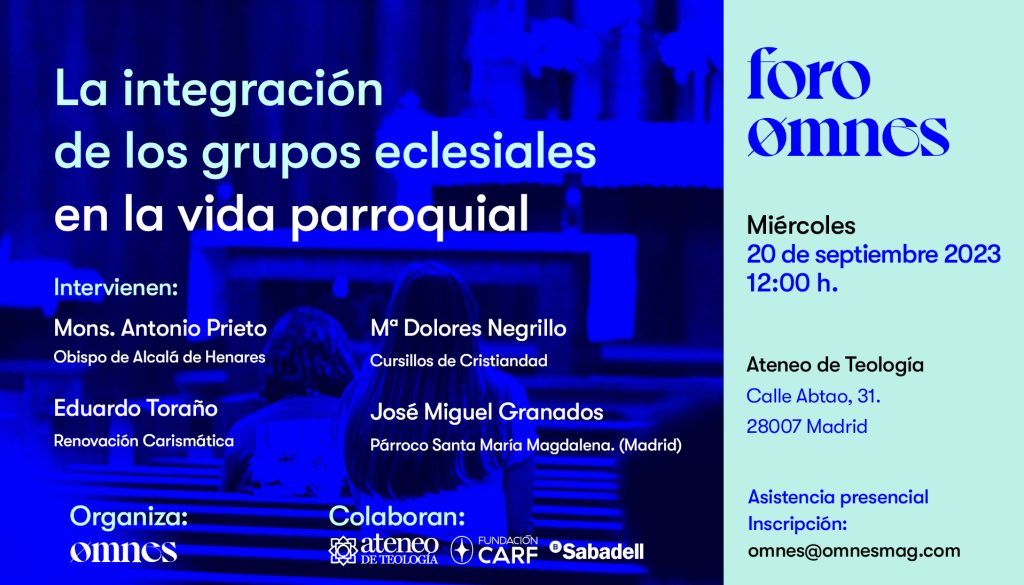










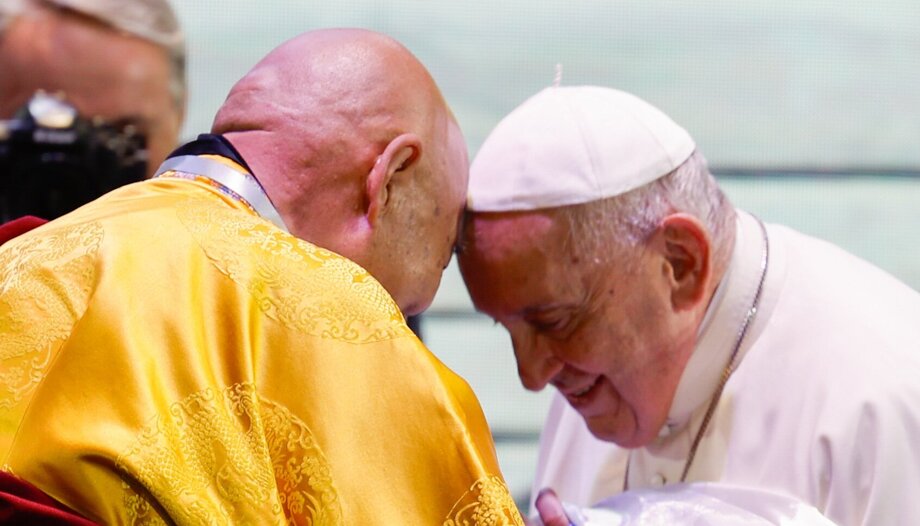
 Pope leaves Mongolia at House of Mercy, looks to China
Pope leaves Mongolia at House of Mercy, looks to China